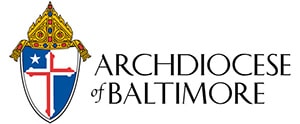



Purpose
- To invite individuals to support the education of candidates for the Catholic priesthood in the developing world.
- To support the formation of men and women candidates for the Religious life in the Missions.
History
As the 19th century was drawing to a close, Jeanne Bigard and her mother, Stephanie, received a letter from a French bishop serving in Japan. He told of the more than 50 young men preparing for the priesthood and about the difficulty he was having providing for them and trying to accommodate the growing number of young men applying for admission to the seminary. Stephanie and Jeanne began collecting funds to support these seminarians. In 1889, they established the Society of St. Peter Apostle to support mission vocations, both priestly and Religious.
How can I support St. Peter Apostle?
Each spring, funds are collected for the Society of St. Peter Apostle through an offertory envelope.
What happens to my donation?
In its first year, the Society of St. Peter Apostle sent help for some 2,700 seminarians in the Missions. Today, some 30,000 major seminarians, mostly in Africa and Asia, receive an annual subsidy of $700 per student.




